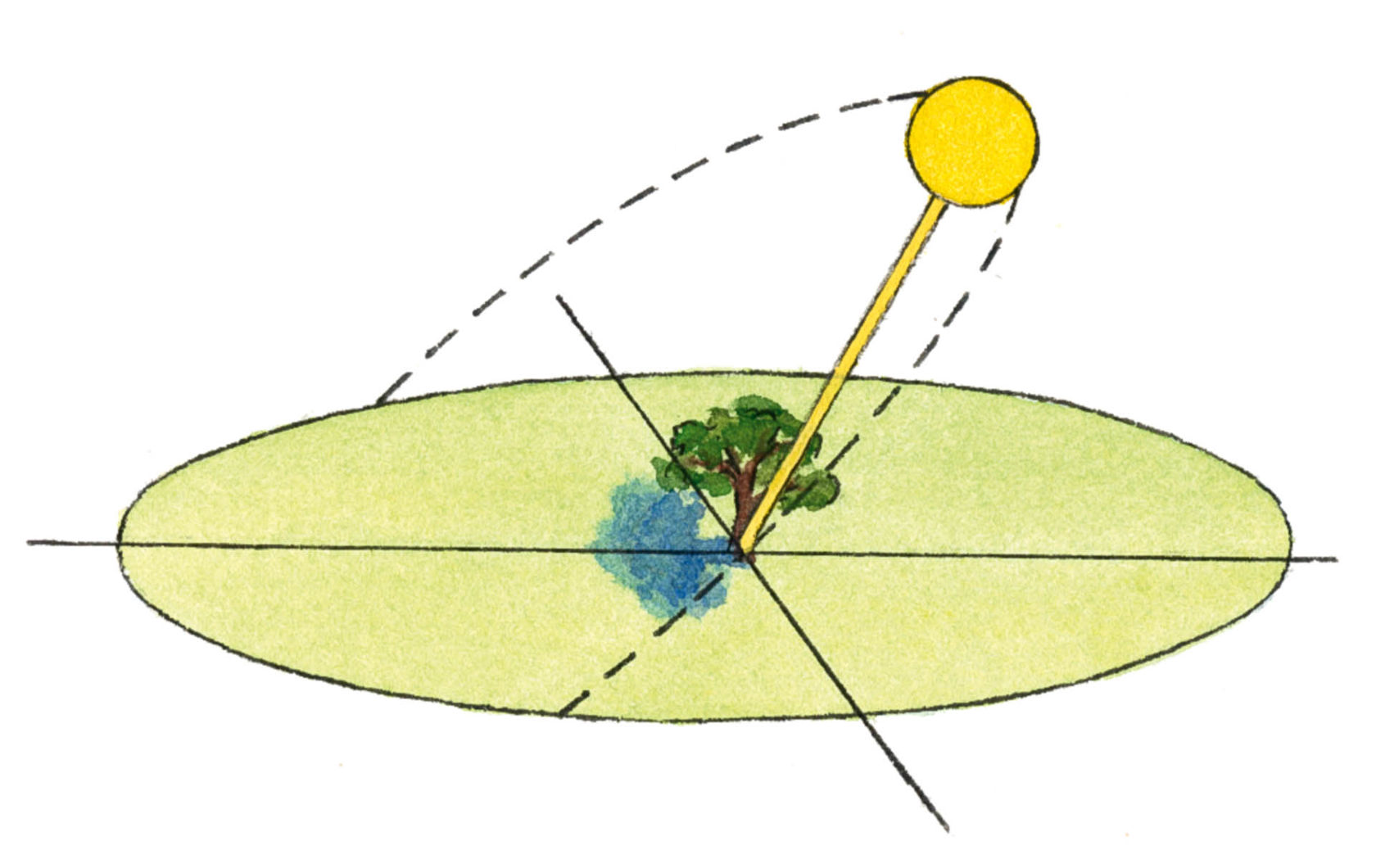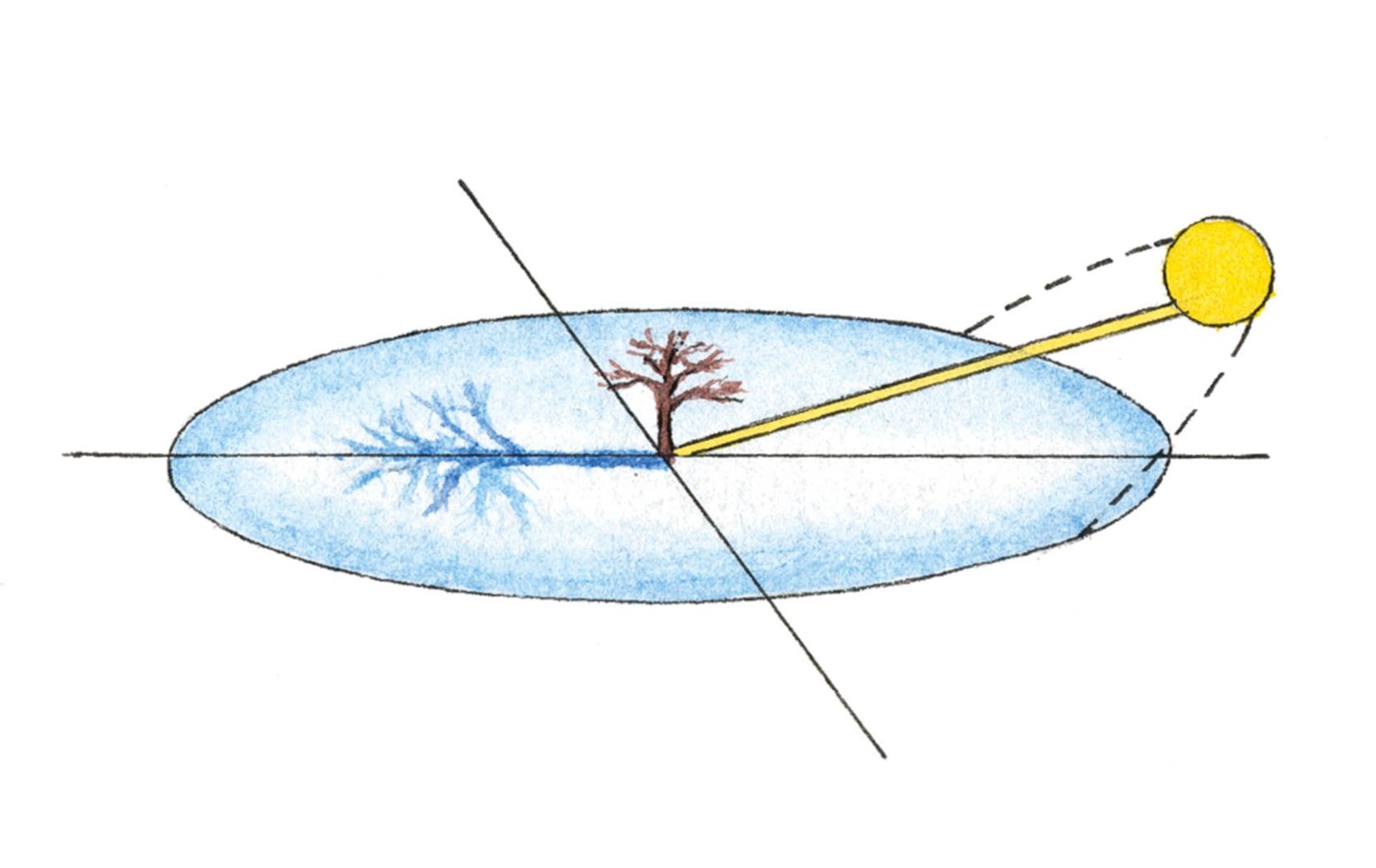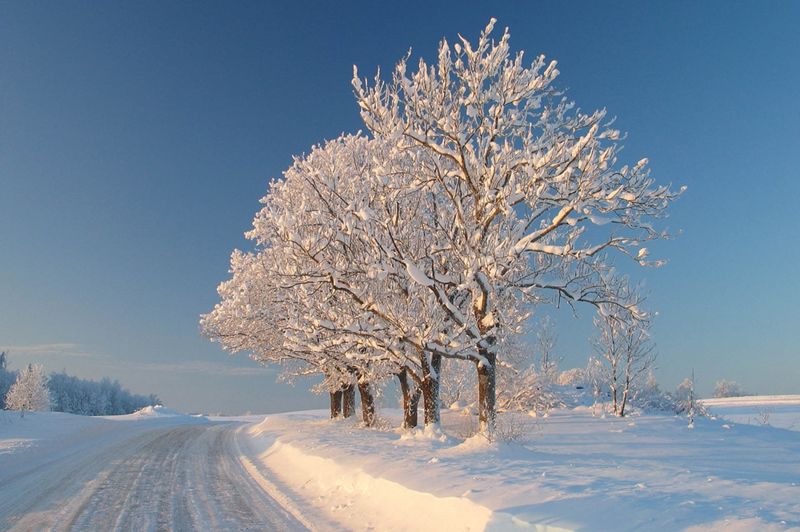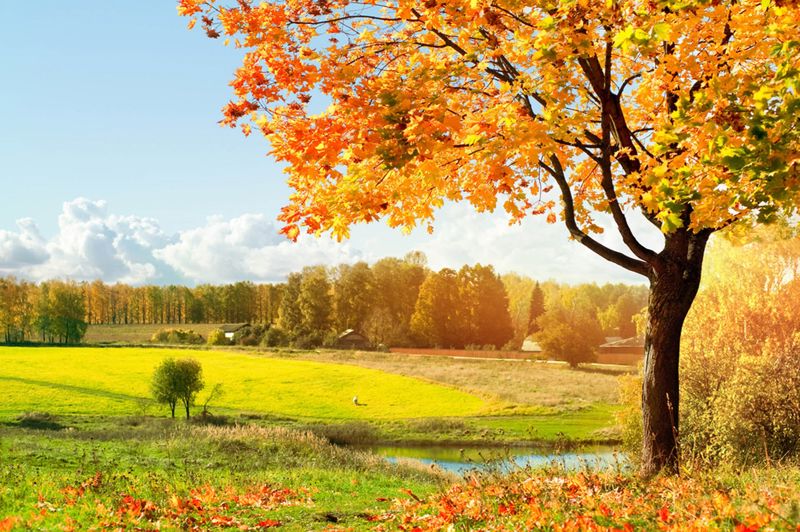What is climate?
We are used to the weather changes: a sunny day can end with a rainy and stormy evening, but the morning can be calm again. At first glance, such frequent weather changes seem random. However, if you observe the weather for a long time, you will notice that the same phenomena are repeated. This average state of the weather over many years is called climate.
- Weather is the average condition of the atmosphere over a long period of time.
- Climate is the average condition of the atmosphere over a long period of time.
- Climate is the state of the atmosphere in a particular place at a particular time.
- Weather is the state of the atmosphere in a particular place at a particular time.
We are used to the change of seasons
Near the equator, we can distinguish only two seasons - wet and dry. In the mid-latitudes, however, there are four seasons - summer, autumn, winter, and spring. Each season can be characterised by its typical weather conditions.
The distribution of solar radiation is very uneven across the seasons. In autumn, winter and spring, the ground receives little heat. In summer there is plenty of heat.


Think!
- Why does the sun warm the ground more in summer than in winter?
Four seasons
The weather is often cloudy and windy in winter, with snow or sleet at the higher latitudes. The temperature usually drops to its lowest in February. The sun is already slightly higher than in December, but it cannot heat the cooled ground yet. The weather usually gets warmer in late March or early April.
Spring arrives slowly in colder countries. The first signs of spring can usually be noticed in the cities. A few kilometres away, however, the fields can still be covered with snow. The first sign of melting is the crust that forms on the snow. Walking on river and lake ice becomes dangerous even in regions where the ice was thick during the winter, because it starts to crack and melt. Spring is usually cloudless, but the weather is cool, and the temperature often drops sharply at night.
Summer begins in June. The sun is the highest in June, but it is not always the warmest month - the slowly warming sea in the coastal regions cools the air, so the warmest month in many regions is usually July. In general, clear and rainless weather prevails at the beginning of summer, but it might get rainier in August.
In early autumn, in September, the days are often as warm as in summer. However, the days get shorter, and the angle of the sun's rays gets lower, bringing about cool days and cold nights. In many places, the morning frost shows that the temperature has dropped below zero at night, and it might start snowing soon.
I now know that…
Weather phenomena recur over time. This average state of the weather over a long period of time is called the climate. At mid-latitudes, there are four seasons, all of which have their own weather conditions.




